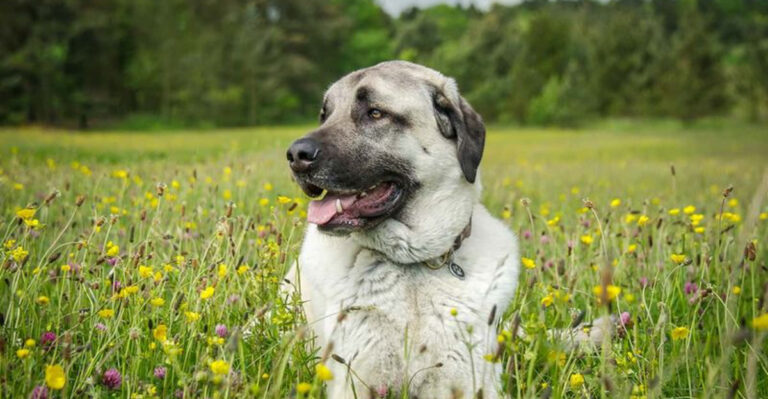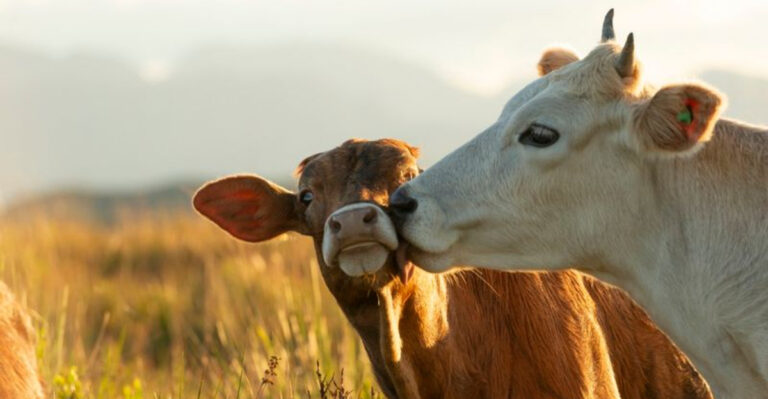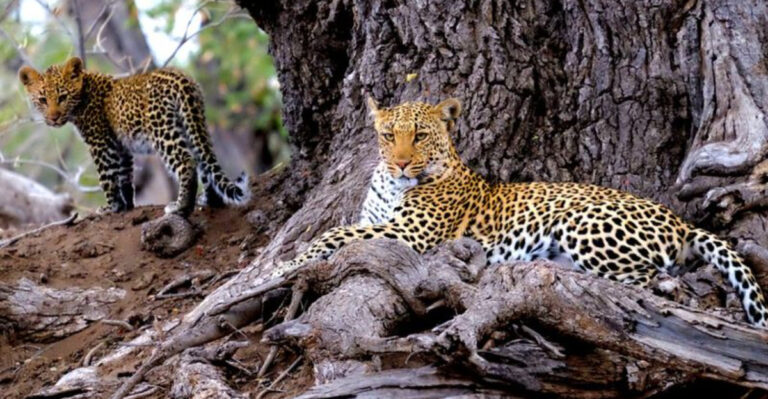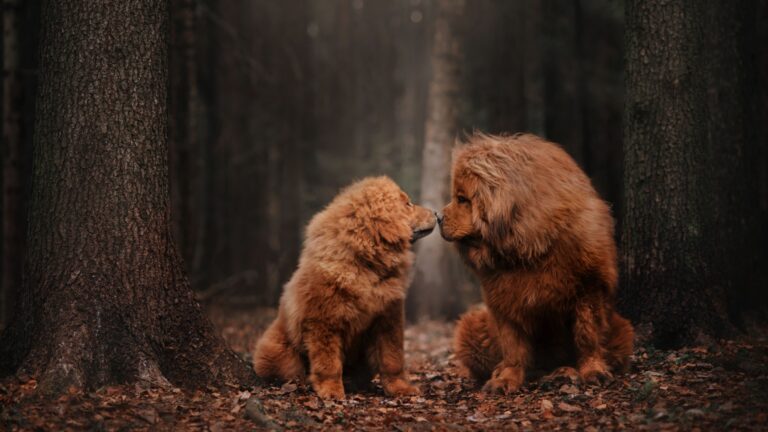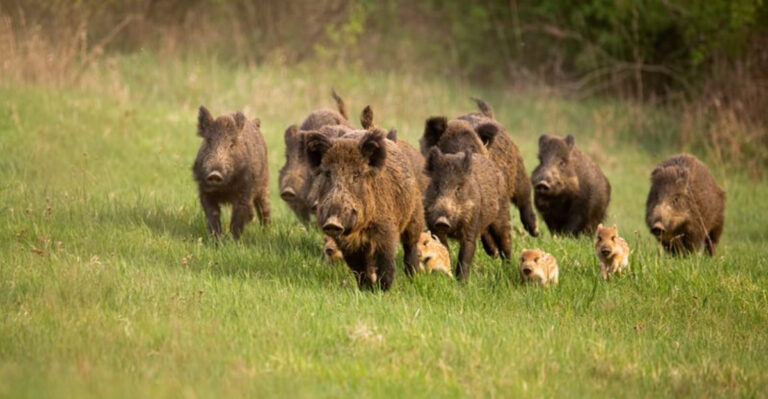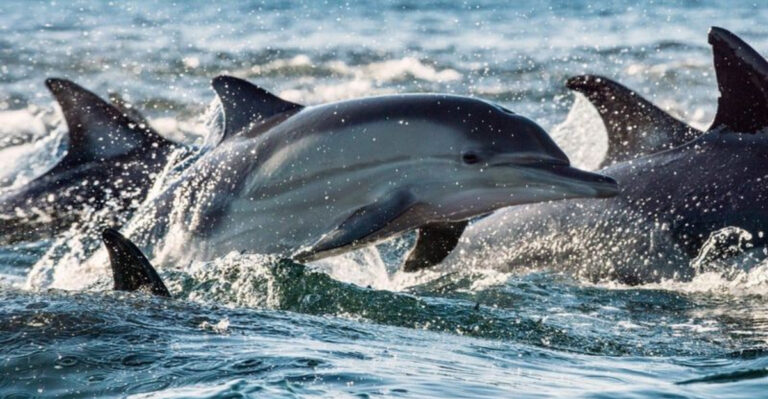Meet The Rarest Critically Endangered Species On Earth (Ranked)
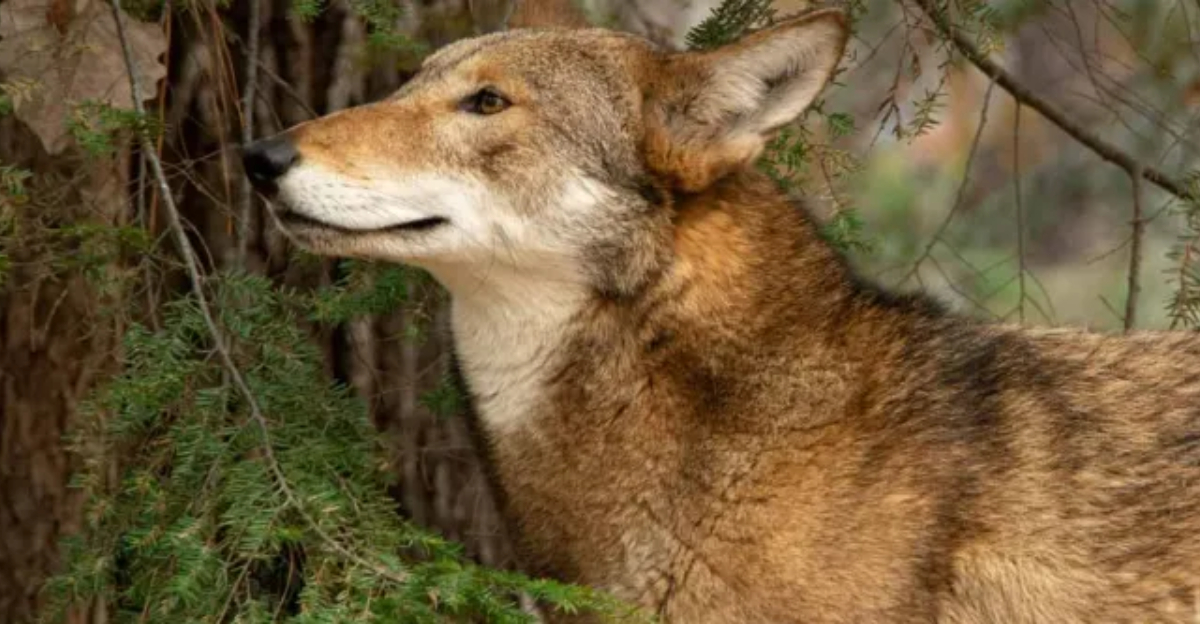
Our planet’s biodiversity faces unprecedented threats, with some incredible creatures teetering on the edge of extinction.
These critically endangered species represent the most fragile links in Earth’s ecological chain, with some populations numbering fewer than a dozen individuals. Each animal on this list tells a story of survival against mounting odds – from habitat destruction to climate change and poaching.
15. Northern Bald Ibis
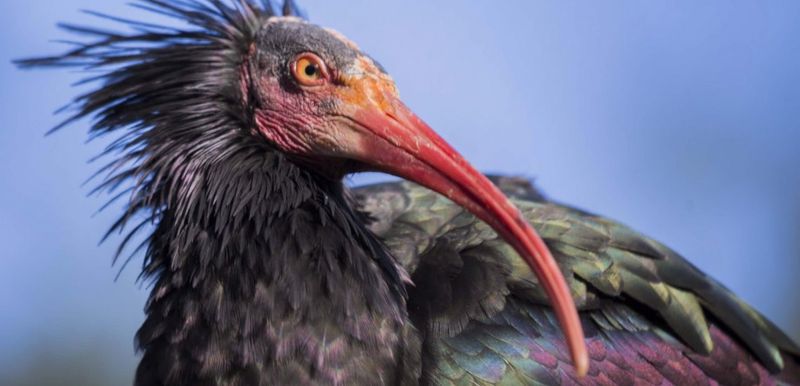
With its distinctive mohawk-like crest and glossy black feathers, the Northern Bald Ibis once soared across Mediterranean skies in massive flocks. Ancient Egyptians even depicted this striking bird in their hieroglyphics.
Today, fewer than 250 mature individuals cling to existence in remote Moroccan cliffs. Conservation breeding programs offer a glimmer of hope for this prehistoric-looking bird that has witnessed the rise and fall of civilizations.
14. Vaquita
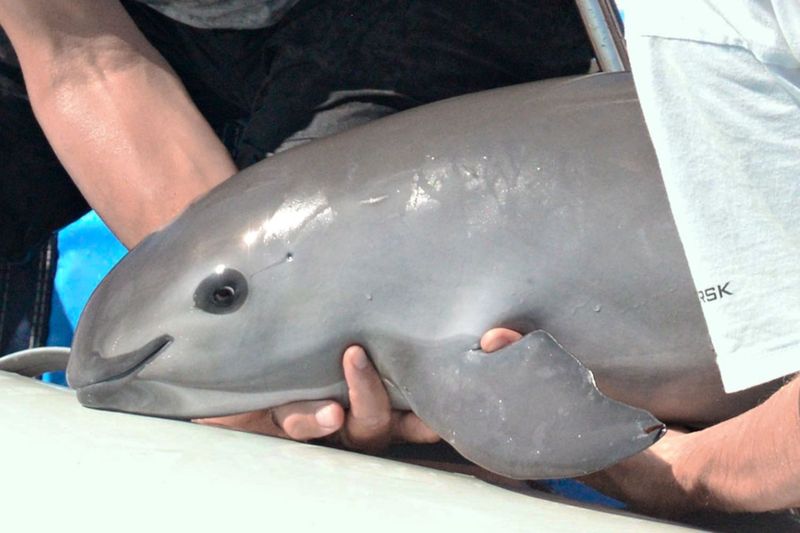
Barely the size of a human child, the vaquita holds the unfortunate title of most endangered marine mammal on Earth. Their endearing face markings resemble a smiling panda of the sea.
Gillnet fishing has devastated their tiny population in Mexico’s Gulf of California. Scientists estimate fewer than 10 remain today. Despite international protection efforts, these shy porpoises continue their heartbreaking slide toward extinction, victims of illegal fishing practices.
13. Javan Rhino
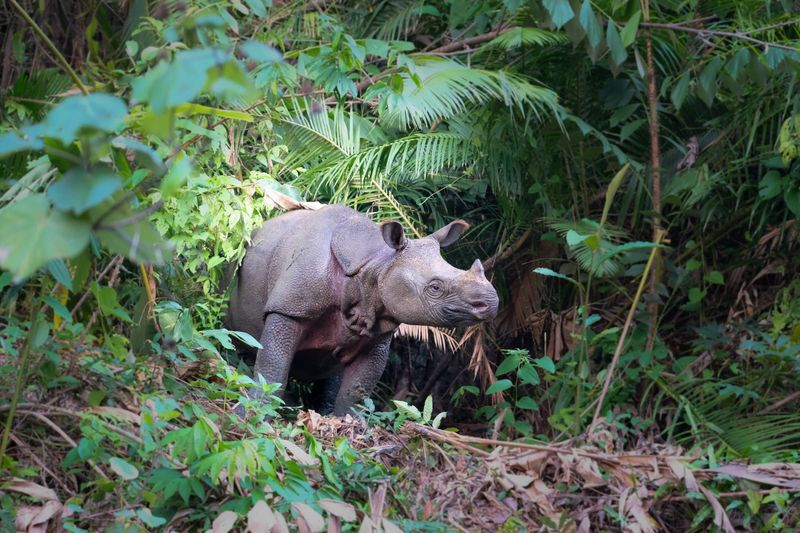
The ghostly Javan rhino roams the dense rainforests of Indonesia’s Ujung Kulon National Park—the last place on Earth they exist. Their skin folds create a natural armor-like appearance, reminiscent of medieval plates.
Poaching reduced their numbers to approximately 80 individuals confined to a single habitat. A volcanic eruption or disease outbreak could wipe them out overnight. Unlike other rhino species, Javans rarely thrive in captivity, making their conservation particularly challenging.
12. Axolotl
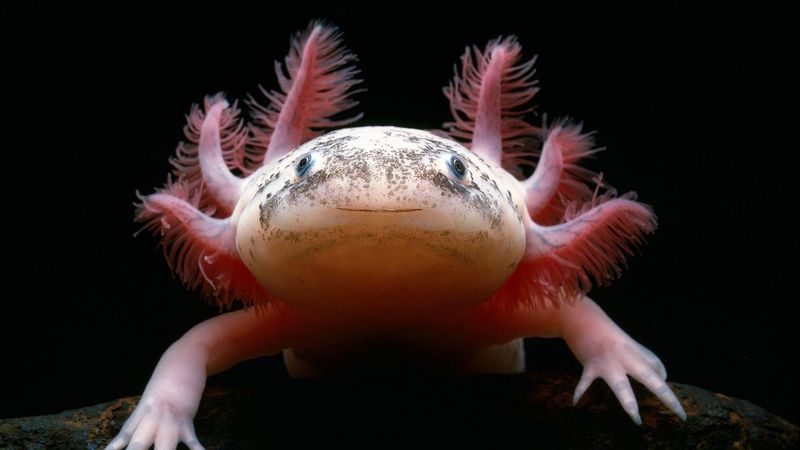
The axolotl seems plucked from a fantasy novel with its perpetual smile and feathery external gills that crown its head like a regal headdress. These salamanders possess the remarkable ability to regenerate entire limbs, organs, and even portions of their brain.
Native only to Mexico City’s Lake Xochimilco, wild populations have collapsed due to urban expansion and water pollution. While millions exist in laboratories and aquariums worldwide, their natural habitat has all but disappeared.
11. Yangtze Giant Softshell Turtle
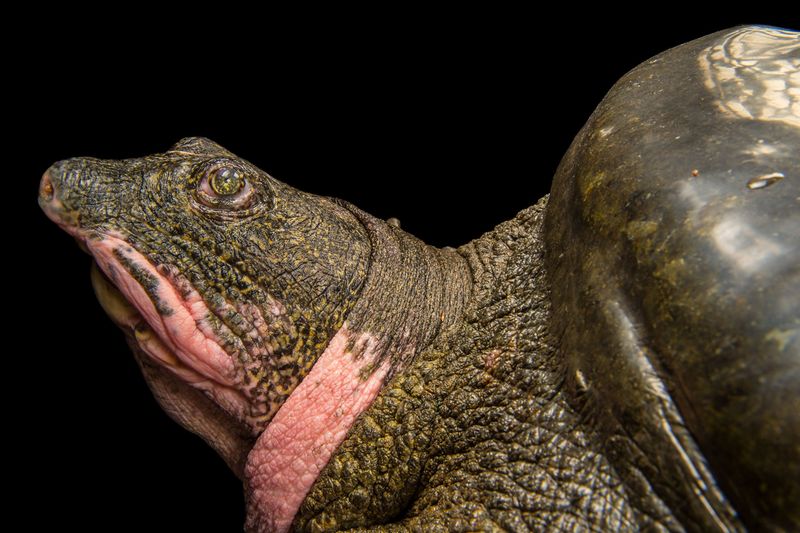
Ancient and massive, these remarkable reptiles can weigh over 220 pounds with lifespans exceeding a century. Chinese mythology reveres them as sacred creatures bearing cosmic wisdom.
Only three individuals remain alive today—potentially the last of their kind. Conservation efforts face tremendous hurdles as scientists race against time to achieve successful breeding. The species represents one of the most urgent conservation emergencies on our planet.
10. Saola (Asian Unicorn)
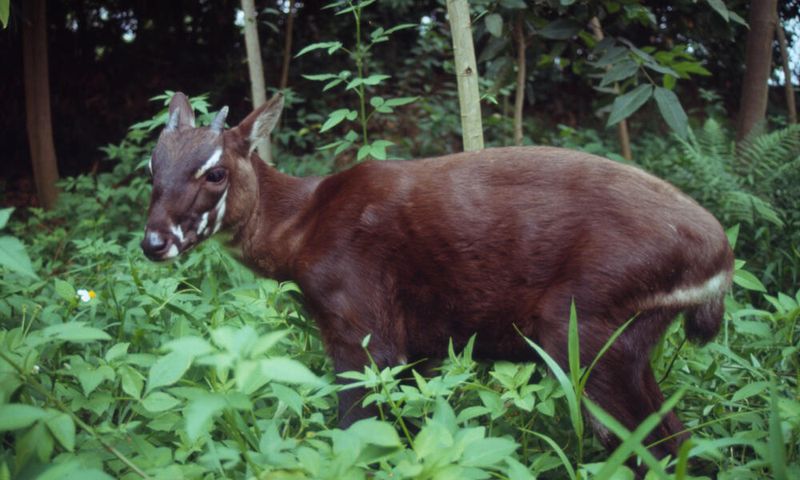
Discovered only in 1992, the saola remains so elusive that scientists have never observed one in the wild. Their parallel horns and striking white facial markings earned them the nickname “Asian unicorn.”
Native to the misty mountains along the Vietnam-Laos border, these gentle forest dwellers avoid human contact completely. Camera traps offer rare glimpses of their existence. No saolas exist in captivity, and their population likely numbers fewer than 100 individuals scattered across fragmented forest patches.
9. Pygmy Three-Toed Sloth
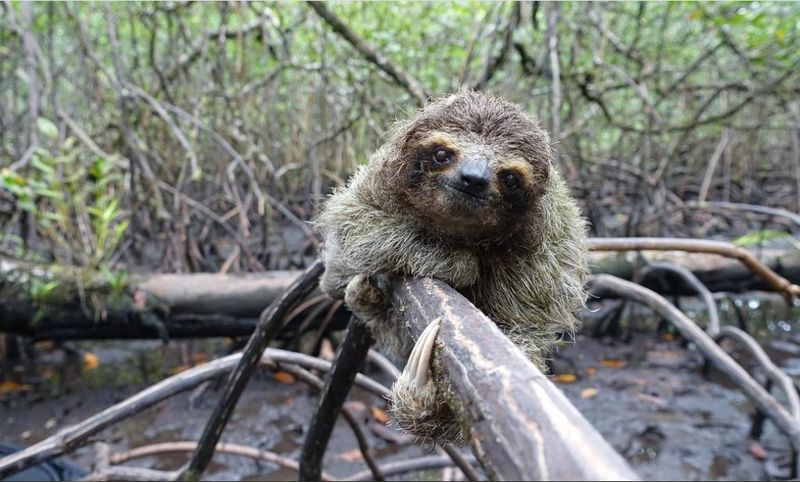
Found exclusively on tiny Escudo Island off Panama’s coast, these diminutive sloths spend their entire lives among mangrove trees. Their fur hosts specialized algae that creates a greenish camouflage perfect for their island home.
Scientists estimate fewer than 100 remain in their isolated habitat. Unlike their mainland cousins, these sloths evolved to be 40% smaller. Their mangrove forests face destruction from tourism development and climate change, threatening their already precarious existence.
8. Kakapo
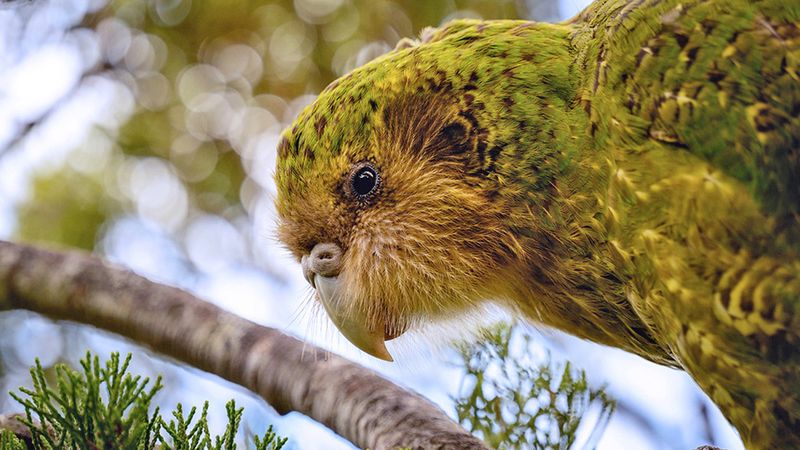
The kakapo breaks all parrot conventions—it’s flightless, nocturnal, and can live over 90 years! Males perform elaborate “booming” courtship displays, inflating like feathery balloons while producing deep resonant calls that travel for kilometers through New Zealand’s forests.
Introduced predators nearly wiped them out completely. Each of the remaining 250 birds has a name and receives individual monitoring. Their comical personalities and owl-like appearance have made them conservation celebrities, with recovery efforts showing promising results.
7. Amur Leopard
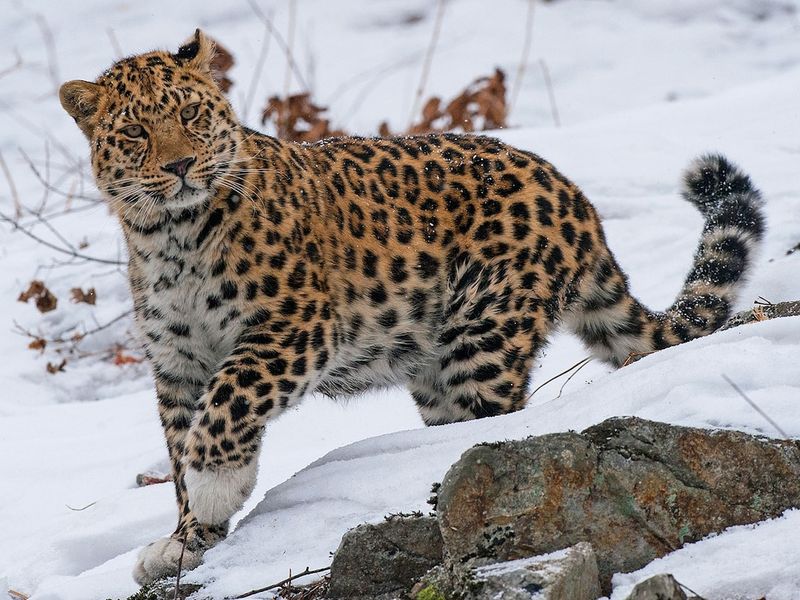
Surviving brutal Siberian winters requires extraordinary adaptations—the Amur leopard grows thicker fur and longer legs than any other leopard subspecies. Their rosettes appear larger and more widely spaced across their pale coats.
Fewer than 100 remain in the wild, primarily along the Russia-China border. These solitary cats patrol territories spanning hundreds of square kilometers. Poaching for their stunning coats remains a persistent threat, though recent conservation efforts have stabilized their population slightly.
6. Hainan Gibbon
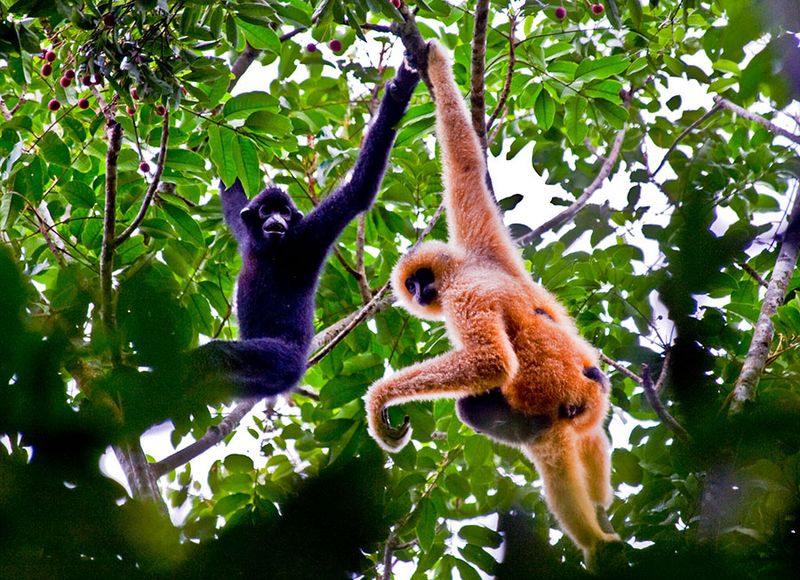
Morning in China’s Hainan Island rainforest begins with haunting duets—mated Hainan gibbon pairs sing complex songs that echo through the canopy. Their acrobatic swinging can cover distances of 10 meters in a single movement.
Just over 30 individuals remain, making them the rarest primate on Earth. Confined to a single forest fragment, their population collapsed from thousands to near-extinction due to hunting and habitat loss. Each gibbon family requires a territory of approximately 100 hectares of intact forest.
5. Pinta Island Tortoise
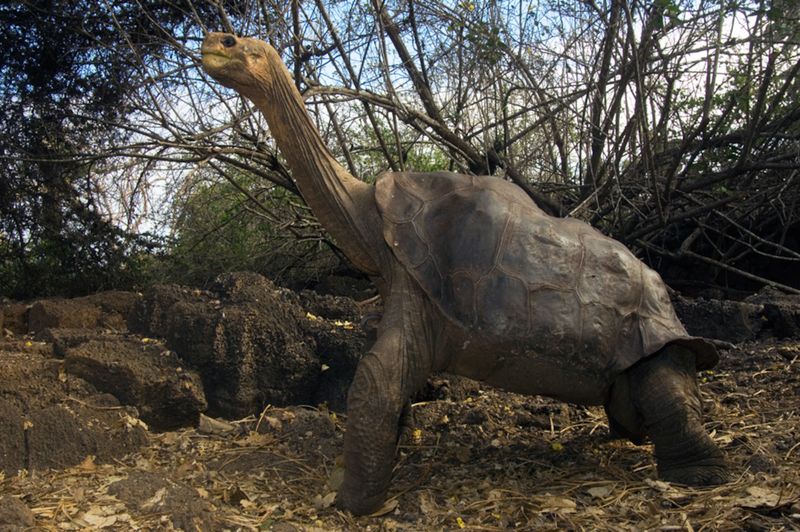
The world mourned when Lonesome George, the last known purebred Pinta Island tortoise, died in 2012. His species, with their distinctive saddleback shells adapted for reaching high vegetation, seemed lost forever.
Remarkably, genetic testing recently identified hybrid tortoises with significant Pinta Island DNA. Scientists now believe partial Pinta tortoises exist on neighboring islands. An ambitious breeding program aims to resurrect this lineage through selective breeding—offering a second chance for a species once declared extinct.
4. Addax Antelope
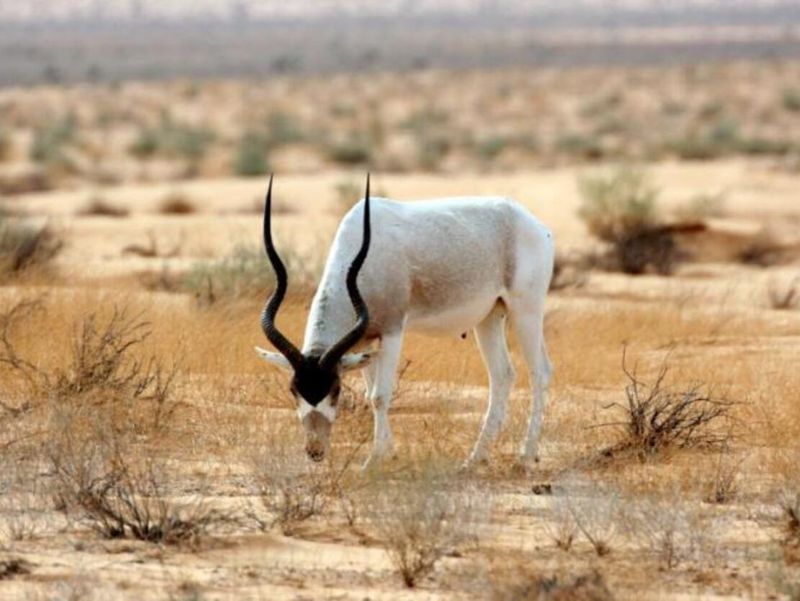
The ghostly white addax seems more mirage than mammal against the Sahara’s shimmering sands. Their splayed hooves act like natural snowshoes, preventing them from sinking into soft dunes as they search for sparse vegetation.
Once numbering thousands across North Africa, fewer than 100 survive in the wild today. Their pale coats reflect desert heat while their bodies can survive without drinking water for indefinite periods. Civil unrest and oil exploration in their Niger stronghold continue to threaten their existence.
3. Spix’s Macaw
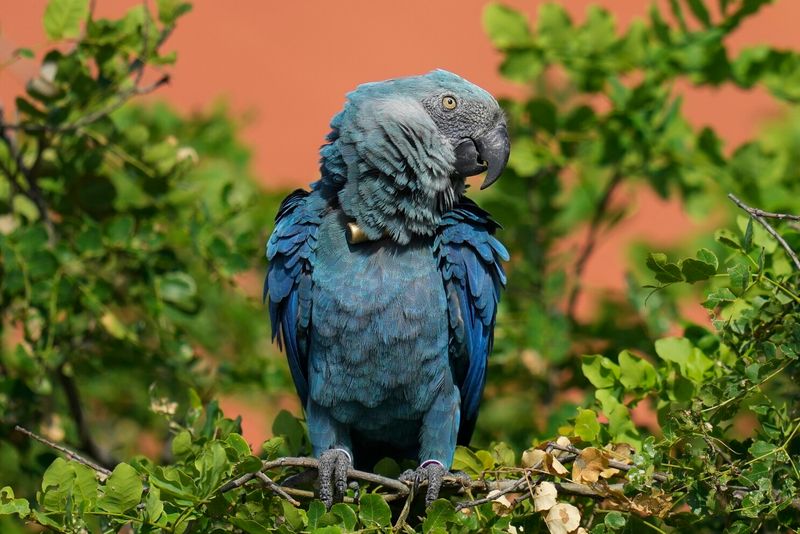
The brilliant blue Spix’s macaw captured hearts worldwide as the star of the animated film “Rio.” Ironically, by the time the movie premiered, these stunning parrots had already vanished from their native Brazilian caatinga habitat.
Declared extinct in the wild in 2019, approximately 160 survive in captivity. A groundbreaking reintroduction program released the first captive-bred macaws back into protected areas in 2022. Their distinctive vocalizations may once again echo through the dry forests they once called home.
2. Hirola (Hunter’s Antelope)
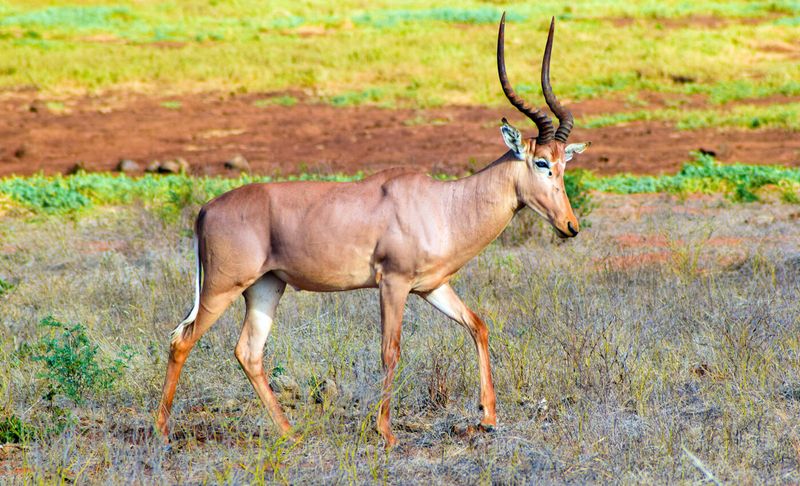
Known as the “four-eyed antelope” for its prominent preorbital glands beneath each eye, the hirola bears distinctive lyre-shaped horns that seem to glow in the African sunlight. Both sexes carry these elegant horns.
Found only along the Kenya-Somalia border, fewer than 500 remain in the wild. No hirola exist in zoos or captive breeding facilities. Prolonged droughts linked to climate change have devastated their semi-arid grassland habitat, while competition with livestock further threatens their survival.
1. Red Wolf
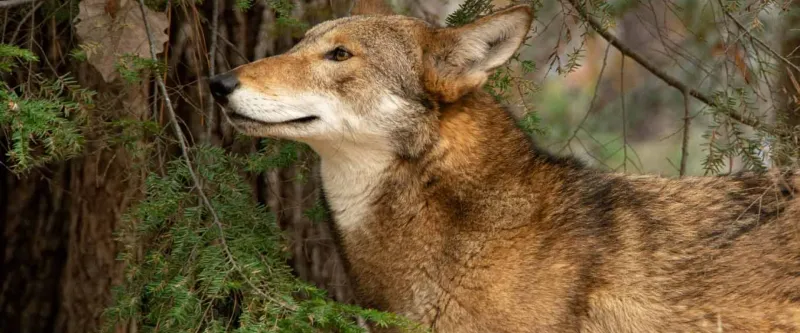
Neither coyote nor gray wolf, the red wolf occupies its own unique evolutionary branch. Their rusty coat coloration and slender build distinguish them from their larger gray wolf cousins.
Once roaming throughout the southeastern United States, they were declared extinct in the wild by 1980. A captive breeding program allowed for reintroduction in North Carolina, though fewer than 20 confirmed individuals remain in the wild today. Hybridization with coyotes presents an ongoing genetic challenge to their recovery.

